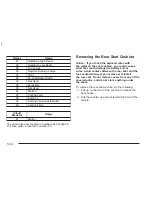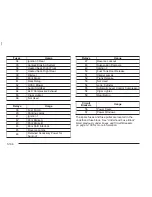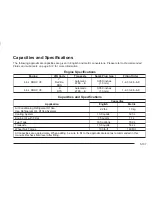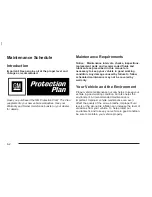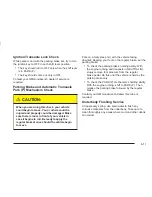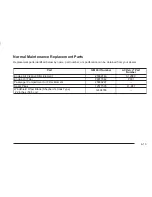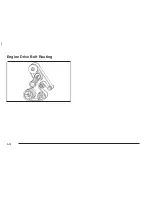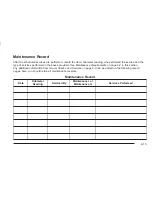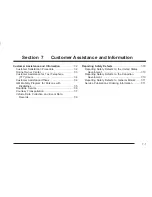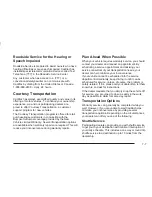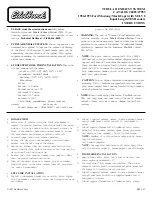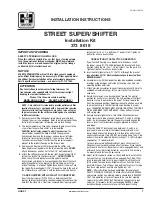
(e) Make sure the safety belt reminder light and all your
belts, buckles, latch plates, retractors and anchorages
are working properly. Look for any other loose or
damaged safety belt system parts. If you see anything
that might keep a safety belt system from doing its
job, have it repaired. Have any torn or frayed safety belts
replaced. Also look for any opened or broken air bag
coverings, and have them repaired or replaced. (The air
bag system does not need regular maintenance.)
(f) Lubricate all key lock cylinders. Lubricate all hinges
and latches, including those for the hood, rear
compartment, glove box door and console door. More
frequent lubrication may be required when exposed to a
corrosive environment. Applying silicone grease on
weatherstrips with a clean cloth will make them
last longer, seal better and not stick or squeak.
(g) If you drive regularly under dusty conditions, the
filter may require replacement more often.
(h) If you do not use your vehicle under the following
conditions, the fluid and filter do not require chage until
the CHANGE TRANS FLUID message appears on
the Driver Information Center. Change automatic
transaxle fluid and filter if the vehicle is mainly driven
under one or more of these conditions:
− In heavy city traffic where the outside temperature
regularly reaches 90°F (32°C) or higher.
− In hilly or mountainous terrain.
− When doing frequent trailer towing.
− Uses such as limousine service.
− Uses such as high performance operation.
(i) Drain, flush and refill cooling system. See Engine
Coolant on page 5-25 for what to use. Inspect hoses.
Clean radiator, condenser, pressure cap and filler neck.
Pressure test the cooling system and pressure cap.
(j) Check throttle system for interference or binding and
for damaged or missing parts. Replace parts as
needed. Replace any components that have high effort
or excessive wear. Do not lubricate accelerator or
cruise control cables.
(k) A fluid loss in any vehicle system could indicate a
problem. Have the system inspected and repaired
and the fluid level checked. Add fluid if needed.
(l) Inspect throttle body bore and valve plates for
deposits. Open the throttle valve and inspect all
surfaces. Clean as required.
6-8
Summary of Contents for 2004 DeVille
Page 5: ...These are some examples of symbols you may find on your vehicle v...
Page 6: ...NOTES vi...
Page 126: ...NOTES 2 62...
Page 129: ...NOTES 3 3...
Page 130: ...Instrument Panel Overview 3 4...
Page 169: ...Analog Cluster United States version shown Canada similar 3 43...
Page 280: ...NOTES 4 46...
Page 292: ...Engine Compartment Overview When you open the hood you will see 5 12...
Page 388: ...NOTES 5 108...
Page 402: ...Engine Drive Belt Routing 6 14...

